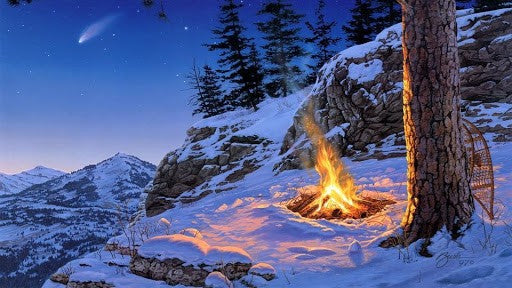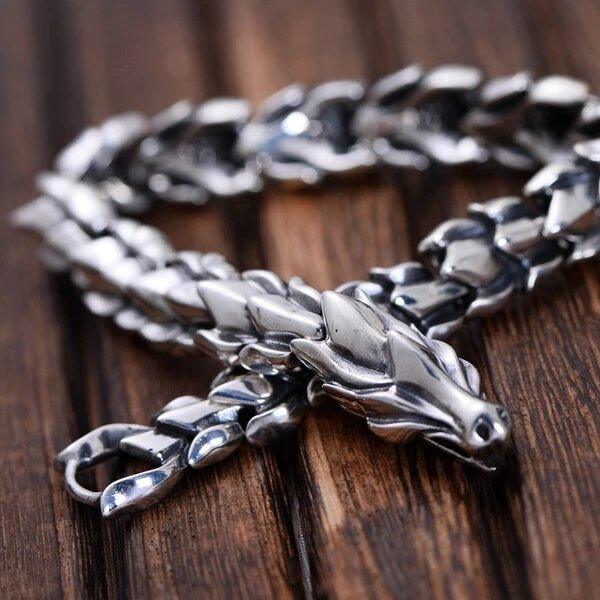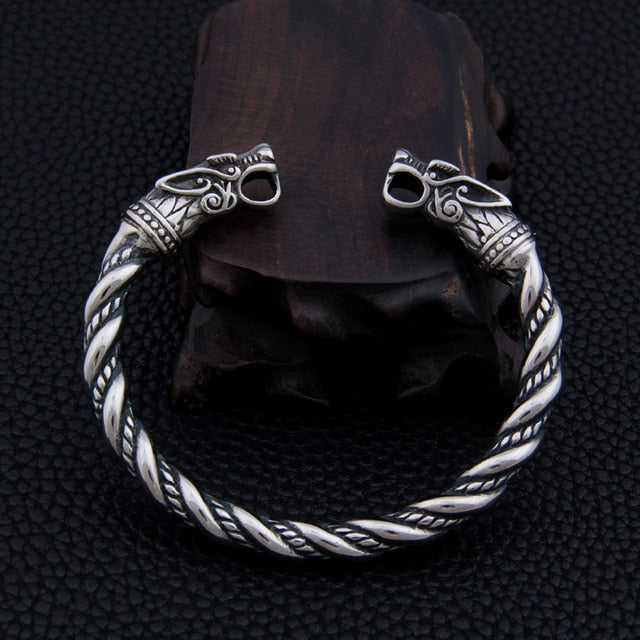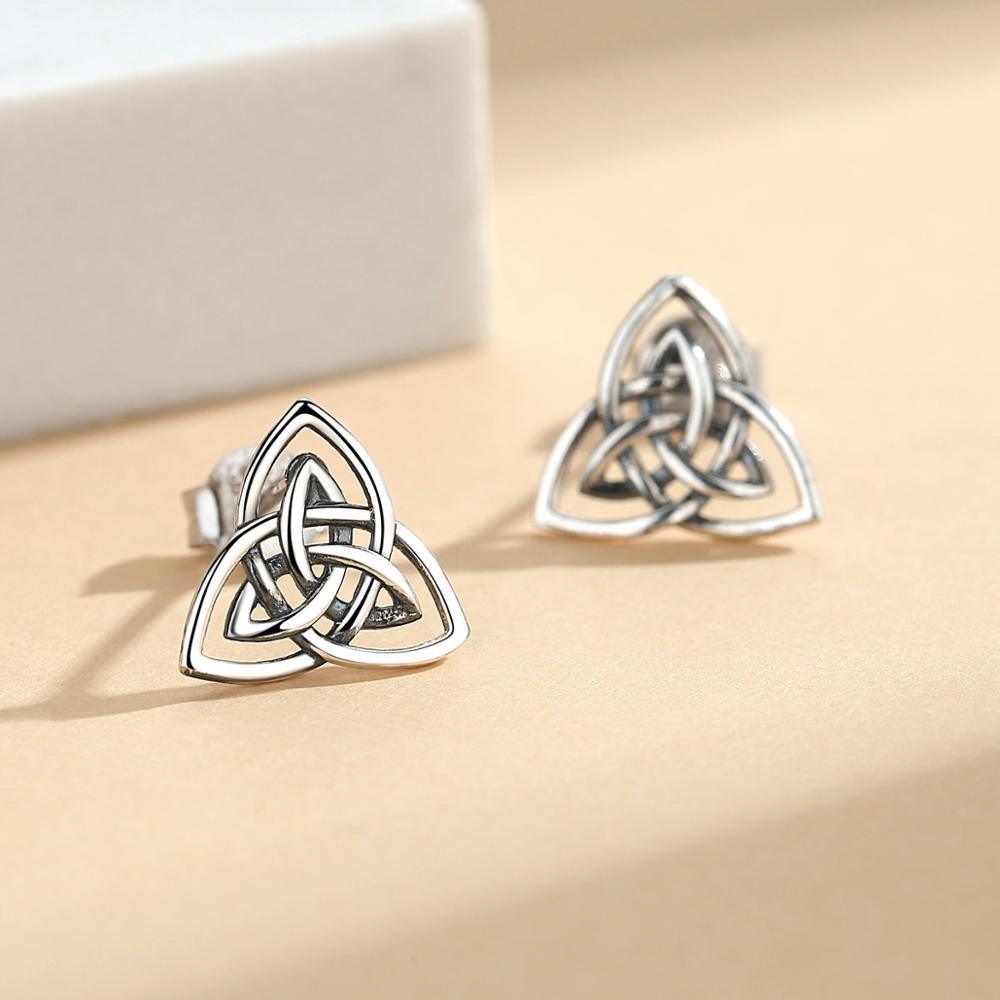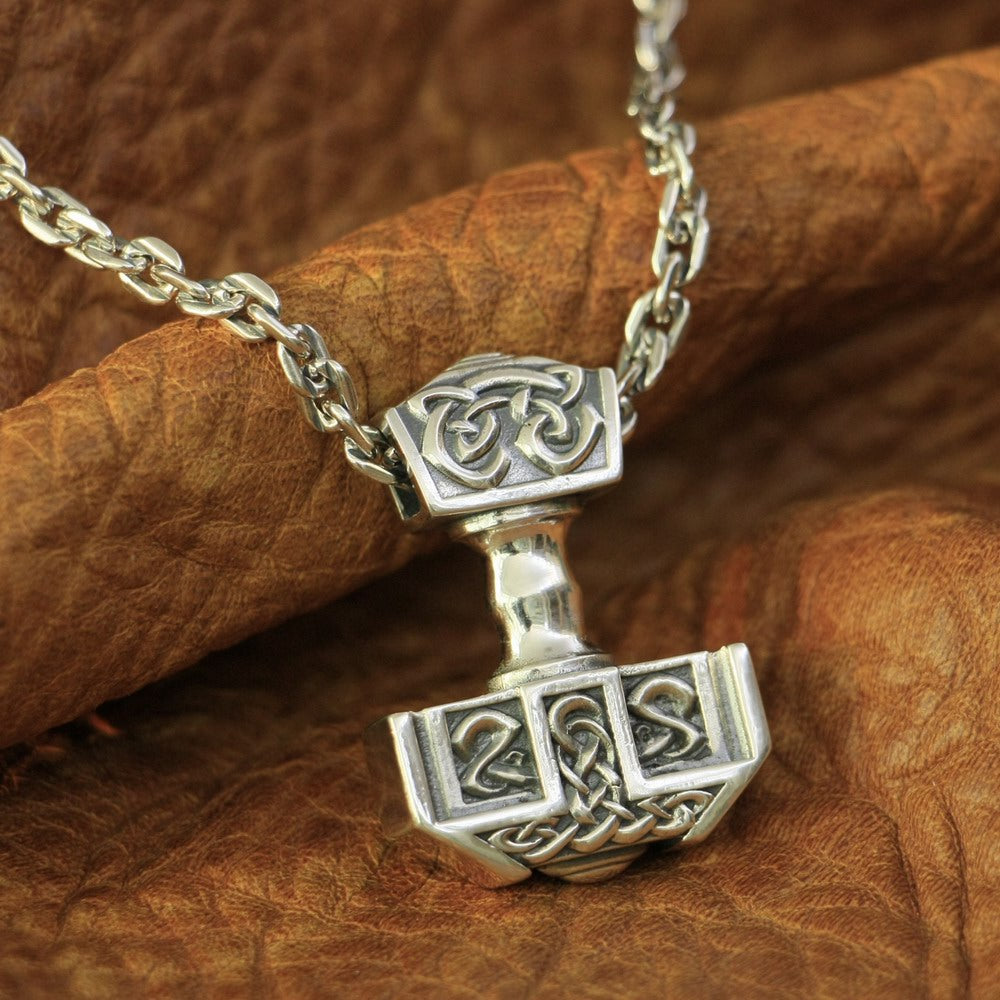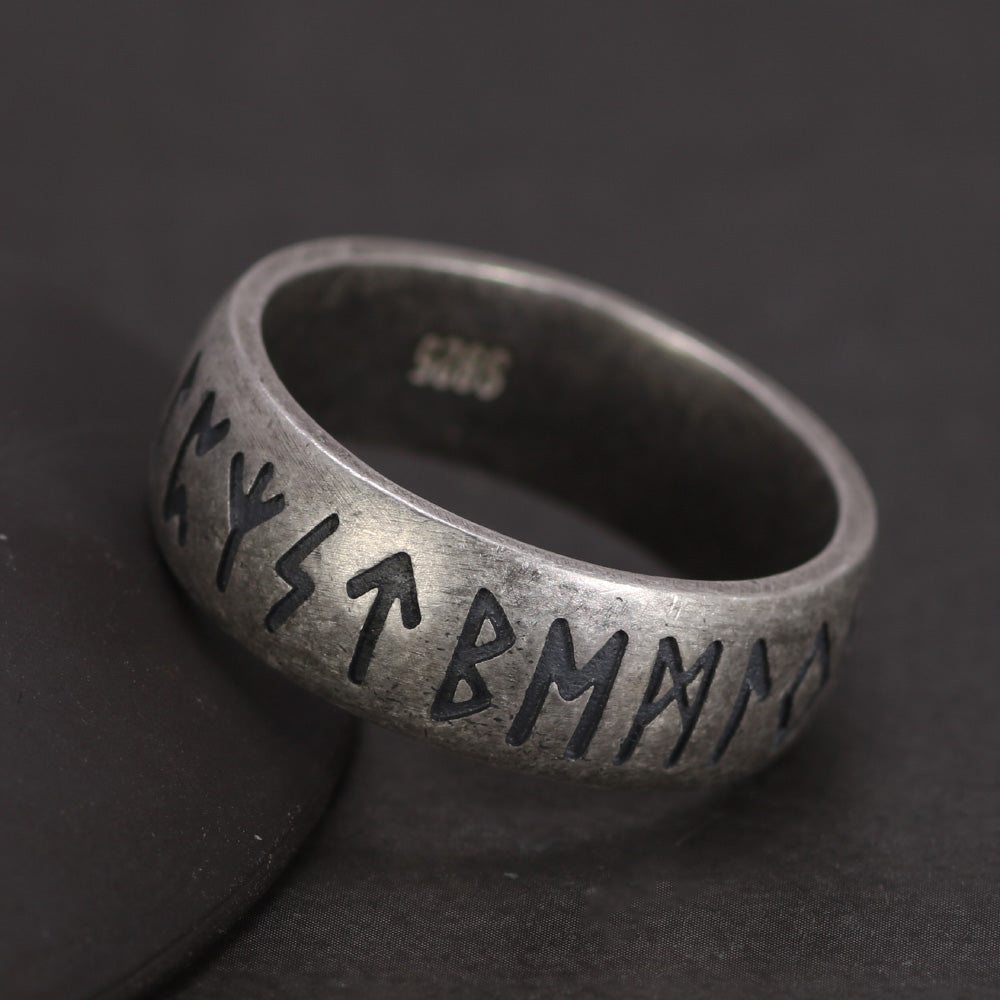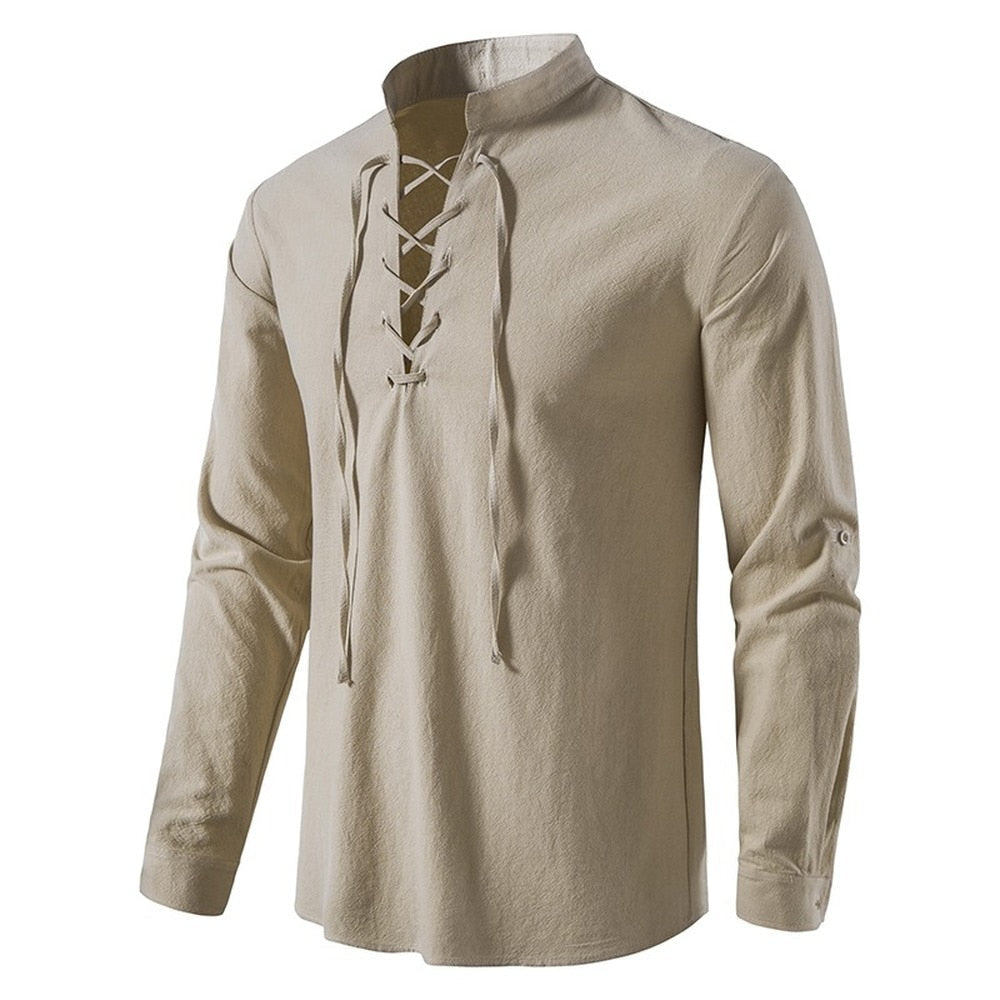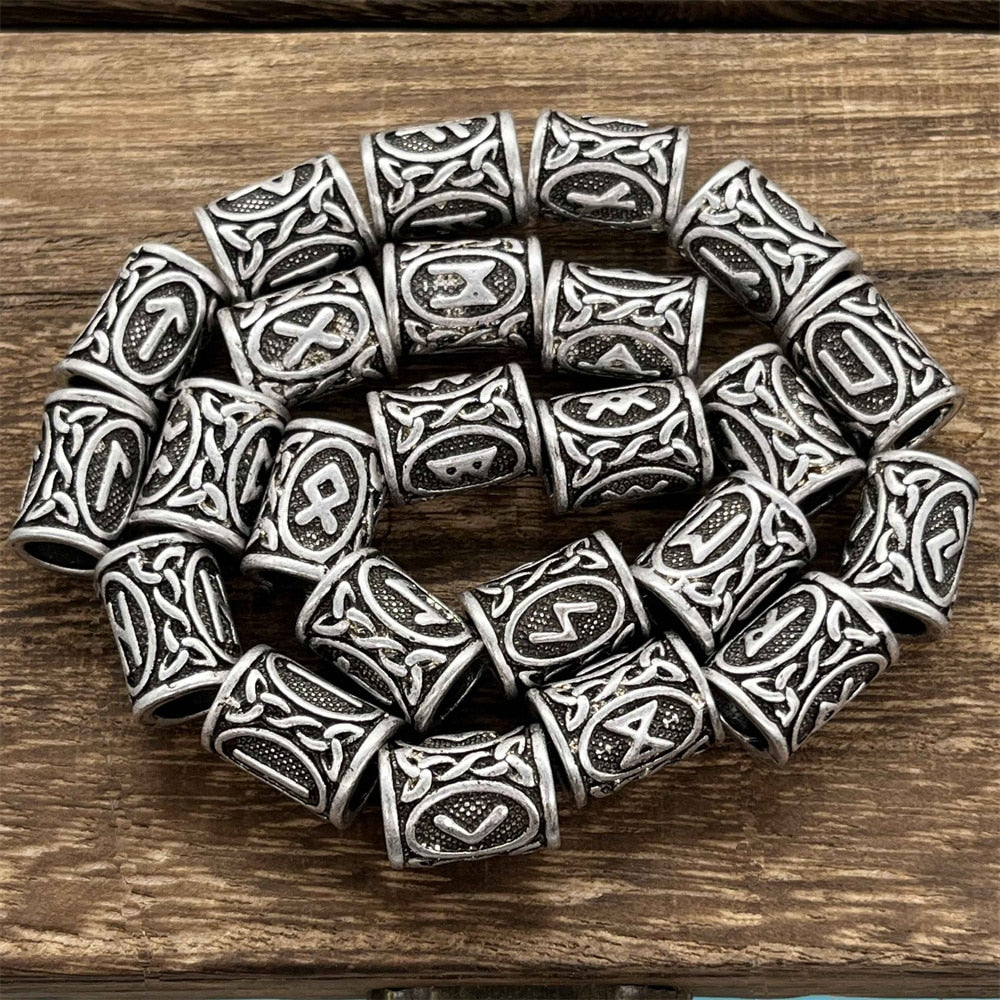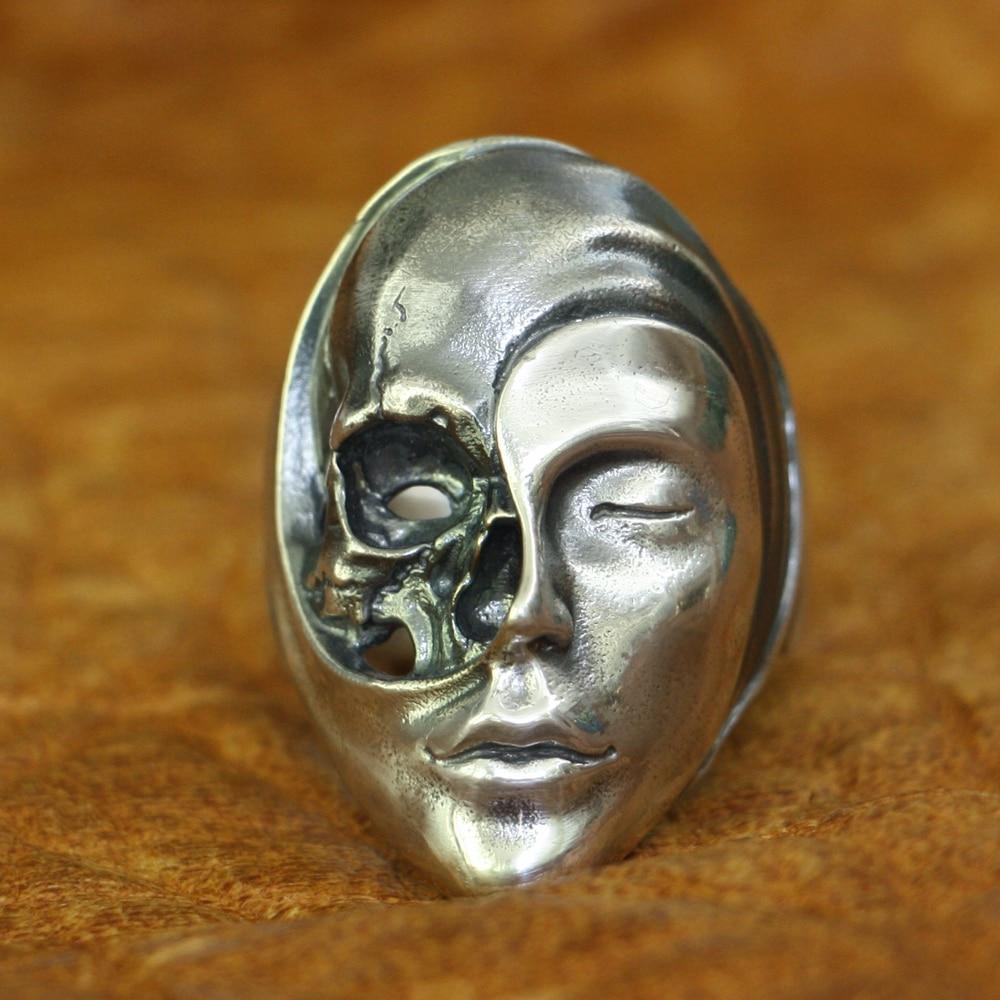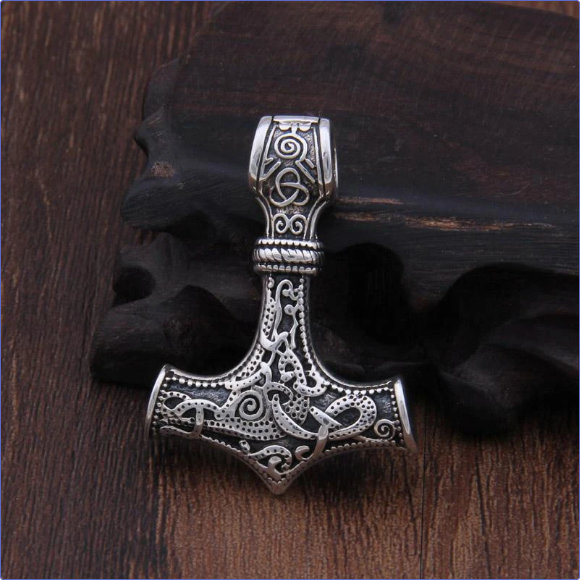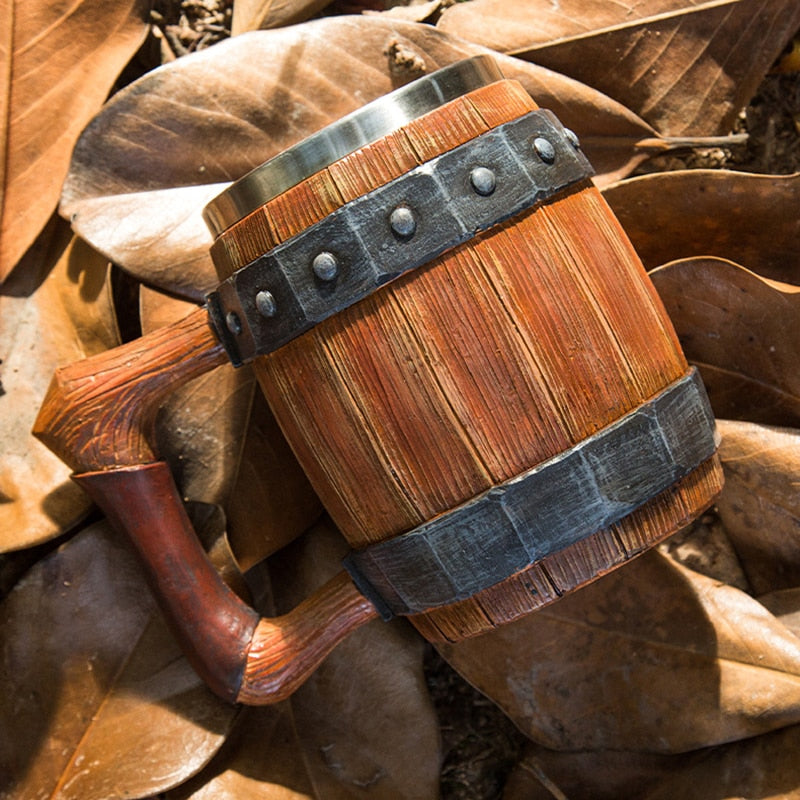As autumn’s colors fade and frost begins to silver the ground, ancient Norse communities marked a sacred moment of change: the transition from the bright, fertile summer to the dark, introspective winter. This threshold was celebrated through Vetrnætr, meaning Winter Nights in Old Norse.
More than just a festival, Vetrnætr was a time of gratitude, remembrance, and preparation—a recognition that one half of the year was closing while another, colder half was beginning. Its echoes still speak to us today, reminding us of the timeless rhythm between harvest and hibernation, life and rest, light and shadow.

1. The Meaning of Vetrnætr
The Old Norse term Vetrnætr combines vetr (“winter”) and nætr (“nights”), referring to the three nights that marked the start of the winter season. The medieval Icelandic historian Snorri Sturluson, in his Heimskringla, named it as one of the three great festivals of the pre-Christian year—alongside Sigrblót (celebrating victory and summer’s arrival) and Jól (Yule, the midwinter feast).
For the Norse, Vetrnætr wasn’t a single evening but a short, sacred season—typically three nights of feasting, sacrifice, and prayer. It represented the boundary between the summer half-year and the winter half-year, a concept central to Norse life and spirituality.
2. When Was Vetrnætr Celebrated?
Exact dates varied by region and calendar system, but in most of Scandinavia and Iceland, Vetrnætr fell around mid-October, following the last harvest and preceding the onset of deep cold.
In Iceland, the festival coincided with the beginning of the month Gormánuðr, or “Slaughter Month,” when herds were culled and meat preserved. In Norway, winter officially began around October 14 on the Julian calendar—roughly late October in modern reckoning.
The timing was practical as much as spiritual. Crops had been gathered, tools were stored, and people turned inward to endure months of darkness. Vetrnætr acknowledged this shift and sought divine protection for the difficult season ahead.

3. Purpose and Symbolism
A Festival of Transition
Vetrnætr was a threshold moment, when the Norse year—and indeed the Norse worldview—pivoted from light to dark. It symbolized endings, but also continuity: life retreating beneath the earth only to reawaken in spring.
A Time of Gratitude
After months of labor, the harvest’s success or failure determined survival. Vetrnætr offered a chance to give thanks to the gods and spirits for abundance and protection, acknowledging human dependence on the cycles of nature.
A Season of Preparation
Practical matters were inseparable from the spiritual. Families butchered animals, salted meat, stored grain, and repaired homes. Ritual offerings accompanied these acts, blurring the line between work and worship.
4. Rituals and Customs
While the historical record is incomplete, a combination of saga evidence and later traditions allows us to reconstruct the spirit of Vetrnætr.
The Blót — Sacrifice and Celebration
Central to the festival was the blót, a sacrificial feast honoring the gods, ancestors, and spirits of the land. Offerings of livestock, ale, and food were made, symbolically shared between humans and divine beings. The feast reaffirmed social bonds and reminded the community of its spiritual obligations.
Honoring the Ancestors and Spirits
Two specific rites, Álfablót - read more about the Álfablót here - (sacrifice to the elves or ancestral spirits) and Dísablót - read more about the Disir here - (offering to the female guardian spirits known as dísir), often overlapped with Vetrnætr. These private ceremonies focused on family, lineage, and protection, strengthening ties between the living and the departed.

Feasting and Storytelling
As night lengthened, people gathered around firelight to eat, drink, and tell stories—sagas of heroes, Gods, and ancestors. These tales kept cultural memory alive and wove moral lessons into the social fabric.
Weather and Omens
The Norse closely watched the weather during these nights. Early snowfall, clear skies, or storms were interpreted as signs of the winter to come, influencing decisions about travel, trade, and hunting.
Games and Communal Bonding
In some regions, especially Iceland, games such as knattleikr (a ball game akin to field hockey) were played. These contests combined festivity, sport, and social unity before the long isolation of winter.
5. Mythic and Cosmic Significance
Vetrnætr reflected the Norse understanding of time as cyclical and sacred. The year’s division into a light and dark half mirrored the cosmic balance between life and death, fertility and dormancy.
The festival also embodied the idea of liminality—a boundary where the worlds of Gods, humans, and spirits overlapped. During the first nights of winter, the veil between these realms was thought to thin. Ancestors could be honored more directly, and offerings ensured harmony with unseen powers.
Gods associated with fertility and peace, particularly Freyr, were likely invoked during the festival. As the giver of prosperity and seasonal balance, Freyr symbolized the hope that what had been harvested would last through the cold and return again in spring.
6. Vetrnætr in Modern Heathen Practice
Today, Vetrnætr is one of several ancient Norse festivals revived by practitioners of Heathenry, Ásatrú, and related modern pagan traditions. While interpretations vary, the spirit of the observance remains consistent—gratitude, remembrance, and renewal.
Modern celebrations typically include:
- A communal meal featuring autumn produce, meats, and homemade ale or cider.
- Candle-lighting or ancestral altars displaying photos or heirlooms.
- Offerings of food or drink poured outdoors in thanks to the Gods and spirits.
- Moments of silence or prayer for the ancestors and departed loved ones.
- Toasts for árs ok friðar—a good year and peace.
Some communities incorporate music, poetry, or storytelling; others blend traditional rites with practical acts like winter preparation or community service.

7. Why Vetrnætr Still Matters
Although rooted in Viking Age Scandinavia, Vetrnætr carries universal lessons that remain relevant today.
Seasonal Awareness
In a world dominated by artificial light and global supply chains, the old Norse sensitivity to seasonal change feels almost revolutionary. Vetrnætr calls us to slow down and attune ourselves to the cycles of nature.
Community and Memory
At its heart, this festival celebrates connection—between family members, neighbors, and the generations before us. It reminds us that gratitude and remembrance are shared acts that strengthen community.
Balance and Reflection
Vetrnætr teaches the importance of embracing both light and darkness, activity and rest. As the Norse turned inward during winter, we too can use this time for introspection, planning, and creative renewal.
Respect for the Past
By observing traditions like Vetrnætr, modern people honor cultural heritage while reimagining it for contemporary life—an act of cultural continuity that links us to our ancestors’ resilience and reverence for nature.

8. How to Celebrate Vetrnætr Today
You don’t have to be a reconstructionist Heathen to appreciate the symbolism of Vetrnætr. Here are some meaningful ways to bring the spirit of Winter Nights into your own life:
Host a Harvest Feast: Invite family or friends to share an autumnal meal featuring local, seasonal foods—grains, root vegetables, or preserved meats.
Honor the Ancestors: Set aside a place in your home for candles or mementos that represent your forebears. Offer a silent toast or a few words of thanks.
Give Back: Volunteer, donate, or share food with those in need—a modern echo of ancient community generosity.
Reflect on the Year: Write down what you’ve achieved, what you’ve lost, and what you hope to preserve through the coming winter.
Spend Time Outdoors: Walk in the cool air, observe the shortening days, and acknowledge the earth’s changing rhythm.
Offer a Blessing: Pour a drink or scatter grain outdoors while speaking the old Norse phrase til árs ok friðar—for a good year and peace.
These acts blend the practical and the spiritual, uniting reflection, gratitude, and awareness of the natural world—precisely what Vetrnætr once symbolized.

9. Understanding Its Historical Limits
It’s important to recognize that our understanding of Vetrnætr is reconstructed from fragmentary sources—mostly Icelandic sagas and later Christianized accounts. Practices likely varied across Scandinavia and changed over time.
Modern celebrations are therefore not direct replications but inspired revivals. This isn’t a flaw—it’s a living tradition, evolving as our relationship with nature and community evolves. What remains timeless is the spirit of gratitude, remembrance, and respect for the cycles of life.
10. The Spirit of Winter Nights
Vetrnætr, the Feast of Winter Nights, is more than a festival; it is a moment of transition woven into the fabric of Norse life. It honors the harvest, prepares for hardship, and keps alive the bond between people, Gods, and ancestors.
As we step into our own winters—literal or metaphorical—we can draw wisdom from this ancient observance. It teaches us to pause, to give thanks for what we have gathered, and to find peace in the dark half of the year.
May the turning of the seasons remind us, as it did our Norse ancestors, that endings are only beginnings in disguise.
Til árs ok friðar! (To a year of peace and prosperity!)
Bibliography
DuBois, Thomas A. Nordic Religions in the Viking Age. University of Pennsylvania Press, 1999. ISBN 9780812217148.
Price, Neil. The Viking Way: Religion and War in Late Iron Age Scandinavia. Department of Archaeology and Ancient History, Uppsala University; revised edition, Oxbow Books, 2002. ISBN 91-506-1626-9.
Turville-Petre, E. O. G. Myth and Religion of the North: The Religion of Ancient Scandinavia. Greenwood Press Reprint, 1975. ISBN 9780837181767.
